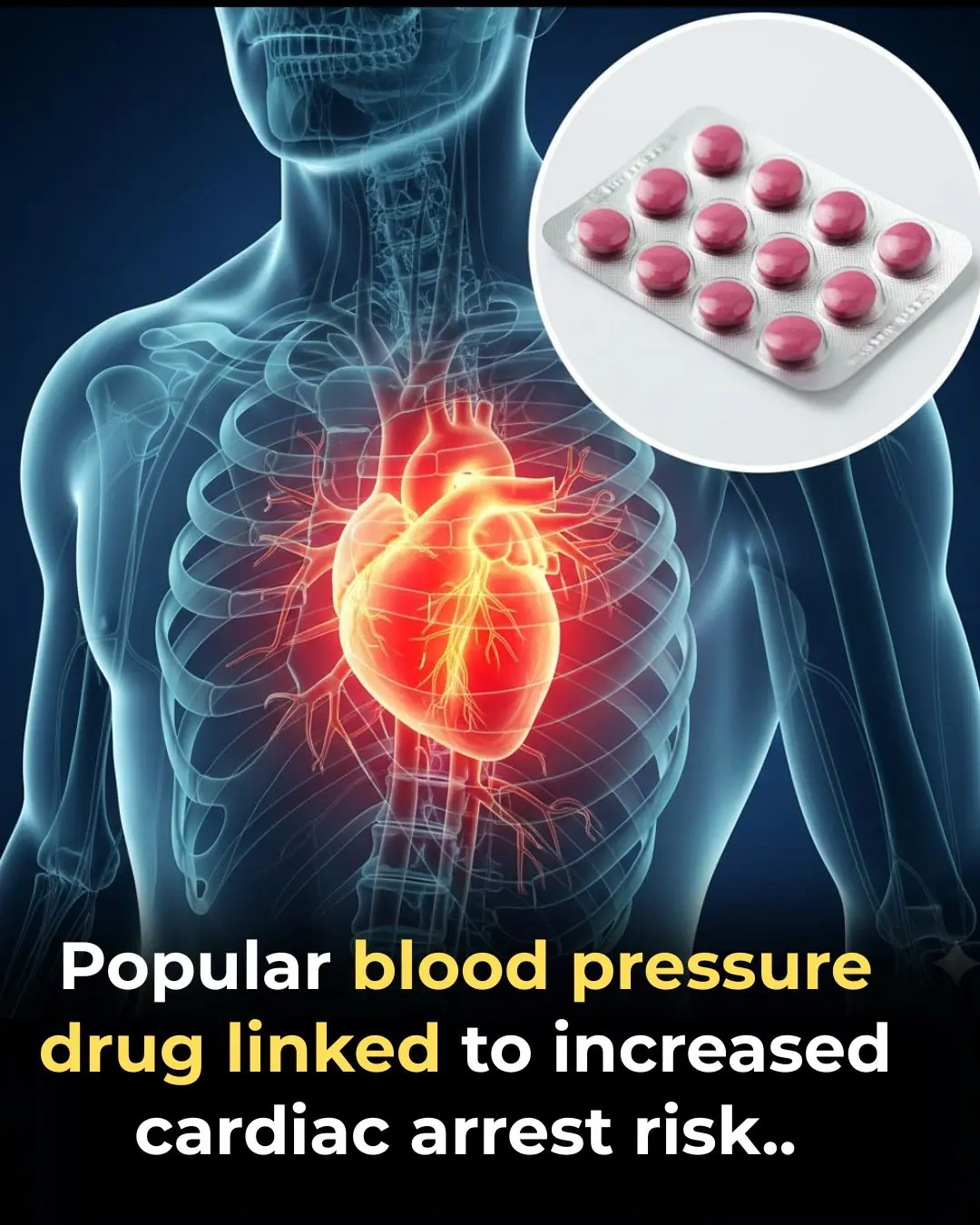
Mini Stroke in People Over 40
Reaching your 40s often marks a turning point in life. You might be balancing the demands of a busy career, managing a household, or adjusting to subtle shifts in your energy levels, metabolism, or health priorities. But this decade isn’t just about staying productive—it’s also a critical time to start paying closer attention to your heart and brain health, especially when it comes to recognizing and preventing a mini stroke, also known as a transient ischemic attack (TIA).
💡 What Exactly Is a Mini Stroke?
A transient ischemic attack (TIA) occurs when there’s a temporary blockage in the blood flow to the brain. This is often caused by a small blood clot or narrowed artery. Unlike a full stroke, a TIA doesn’t cause permanent brain damage—but that doesn’t mean it’s harmless.
⚠️ 1 in 3 people who experience a TIA will go on to have a full-blown stroke—often within days or weeks if no action is taken.
Think of a TIA as a powerful early warning sign from your body. Ignoring it could mean missing your chance to prevent something far more serious.
🔺 Why the Risk Goes Up After 40
You may feel perfectly fine in your 40s—maybe even healthier than ever—but inside, things may be changing in ways that aren’t immediately visible. Natural aging, combined with lifestyle factors, can increase your risk for vascular problems, including TIAs and strokes.
Common risk factors for TIA and stroke after 40 include:
-
High blood pressure (often undiagnosed or poorly controlled)
-
High cholesterol levels
-
Diabetes or prediabetes
-
Smoking or vaping
-
Sedentary lifestyle or lack of exercise
-
Being overweight or obese
-
Chronic stress and poor sleep
-
Atrial fibrillation (an irregular heartbeat)
-
Family history of stroke or cardiovascular disease
Even if you have no symptoms, these risk factors can be quietly increasing your likelihood of stroke.
🚨 Warning Signs of a Mini Stroke (TIA)
The symptoms of a TIA are nearly identical to those of a stroke, but they typically resolve within minutes to a few hours. That’s exactly why many people ignore them—but doing so can be a dangerous mistake.
Watch for these sudden signs:
-
Numbness or weakness in the face, arm, or leg—especially on one side
-
Slurred speech or difficulty understanding spoken language
-
Blurred or double vision
-
Dizziness, unsteadiness, or loss of coordination
-
A sudden, severe headache (less common but possible)
🛑 Don’t “wait and see.” Even if the symptoms disappear quickly, treat it like a medical emergency. Call 911 or your local emergency services immediately.
🧠 What Happens After a TIA?
If you’re over 40 and experience even brief symptoms, your medical team will typically run several diagnostic tests to assess your risk of future stroke:
-
MRI or CT scan – to detect any signs of recent stroke or brain abnormalities
-
Blood tests – to evaluate cholesterol levels, blood sugar, clotting function, and more
-
Heart rhythm monitoring – such as an ECG or Holter monitor to detect atrial fibrillation
-
Carotid ultrasound – to check for narrowing in the arteries supplying the brain
These evaluations can uncover silent risk factors—issues that may not have shown up during routine checkups but still pose a serious threat.
🛡️ How to Prevent a Stroke After a TIA
Your 40s are an ideal time to take your brain health seriously—not only to avoid a full stroke but also to improve your overall quality of life as you age.
✅ Medical Treatments May Include:
-
Antiplatelet medications (like aspirin) to reduce clot risk
-
Statins to manage high cholesterol
-
Blood pressure medications
-
Diabetes treatments, if blood sugar is elevated
-
Anticoagulants in cases of atrial fibrillation
✅ Lifestyle Changes That Make a Big Impact:
-
Adopt a heart-healthy diet: The Mediterranean or DASH diet focuses on fruits, vegetables, whole grains, healthy fats, and lean protein.
-
Exercise regularly: Aim for at least 150 minutes of moderate exercise each week (e.g., brisk walking, cycling, or swimming).
-
Quit smoking and limit alcohol consumption
-
Get quality sleep (7–9 hours per night) and manage chronic stress
-
Limit salt and processed foods to support healthy blood pressure
✅ Ongoing Monitoring:
-
Schedule regular check-ups to monitor blood pressure, cholesterol, and blood sugar.
-
Discuss any family history of stroke with your healthcare provider.
-
Consider wearable heart monitors or periodic ECGs if you're at risk of irregular heartbeat.
👩⚕️ Real-Life Example: Catching a Stroke Before It Happens
A 45-year-old woman suddenly loses the ability to speak and feels weakness in her right arm. The symptoms disappear in about 10 minutes. She almost brushes it off, thinking it was just stress or exhaustion.
➡️ Fortunately, she decides to go to the emergency room. Doctors diagnose her with a TIA, uncover untreated high blood pressure and high cholesterol, and immediately start her on a treatment and prevention plan. That quick decision likely prevented a full stroke that could have occurred days later.
💬 Final Takeaway: Listen to the Warning Bells
A mini stroke may not leave lasting damage—but it sends a loud and urgent message. Your brain is vulnerable, and the time to act is now, not after a more serious event.
Turning 40 doesn’t mean slowing down—it means leveling up your self-care. By recognizing the signs, managing your risk factors, and prioritizing your well-being, you can protect your brain and heart for decades to come.
News in the same category


Powerful Health Benefits of Pineapple You Should Know
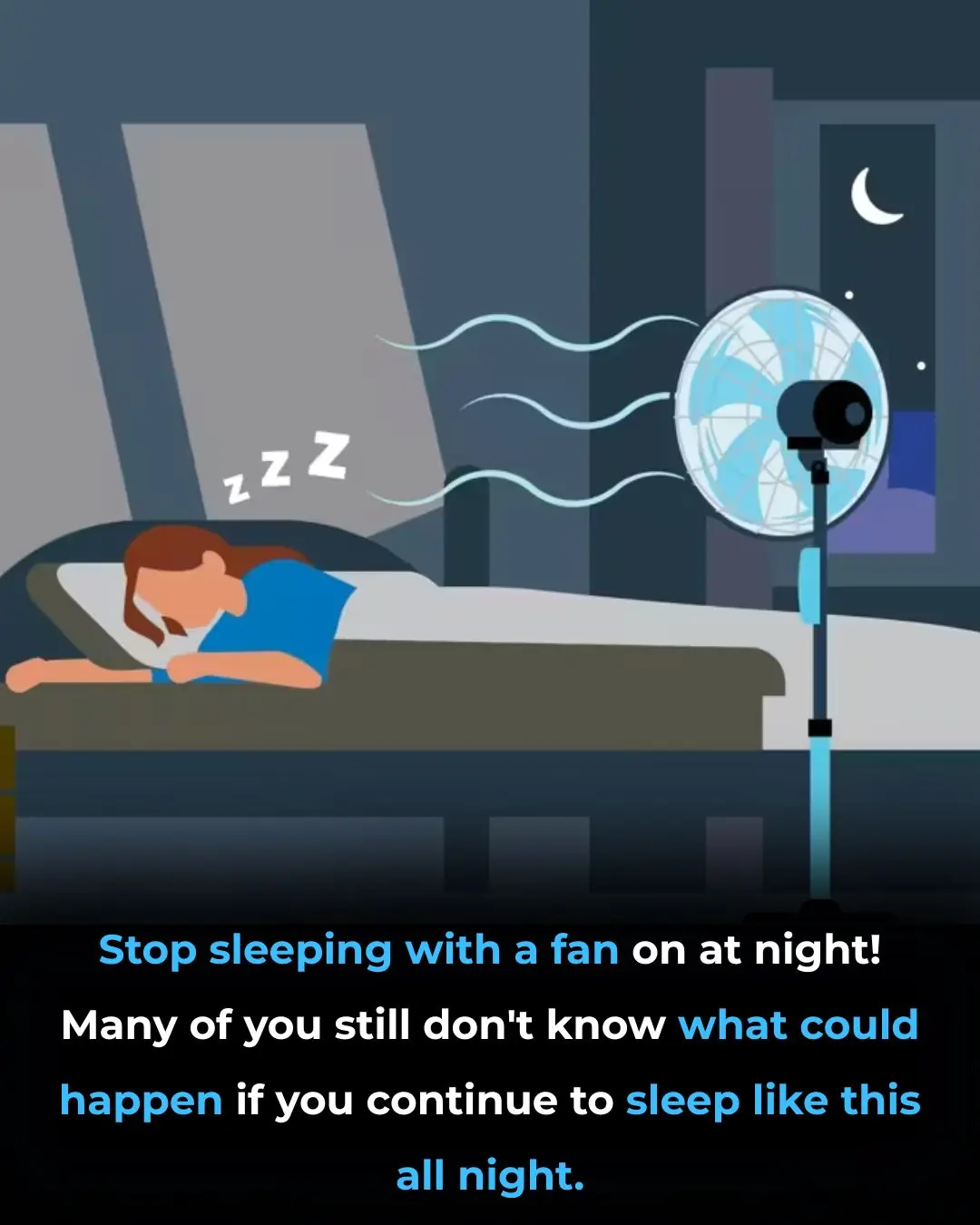
The Surprising Health Benefits of Sleeping in a Cold Room
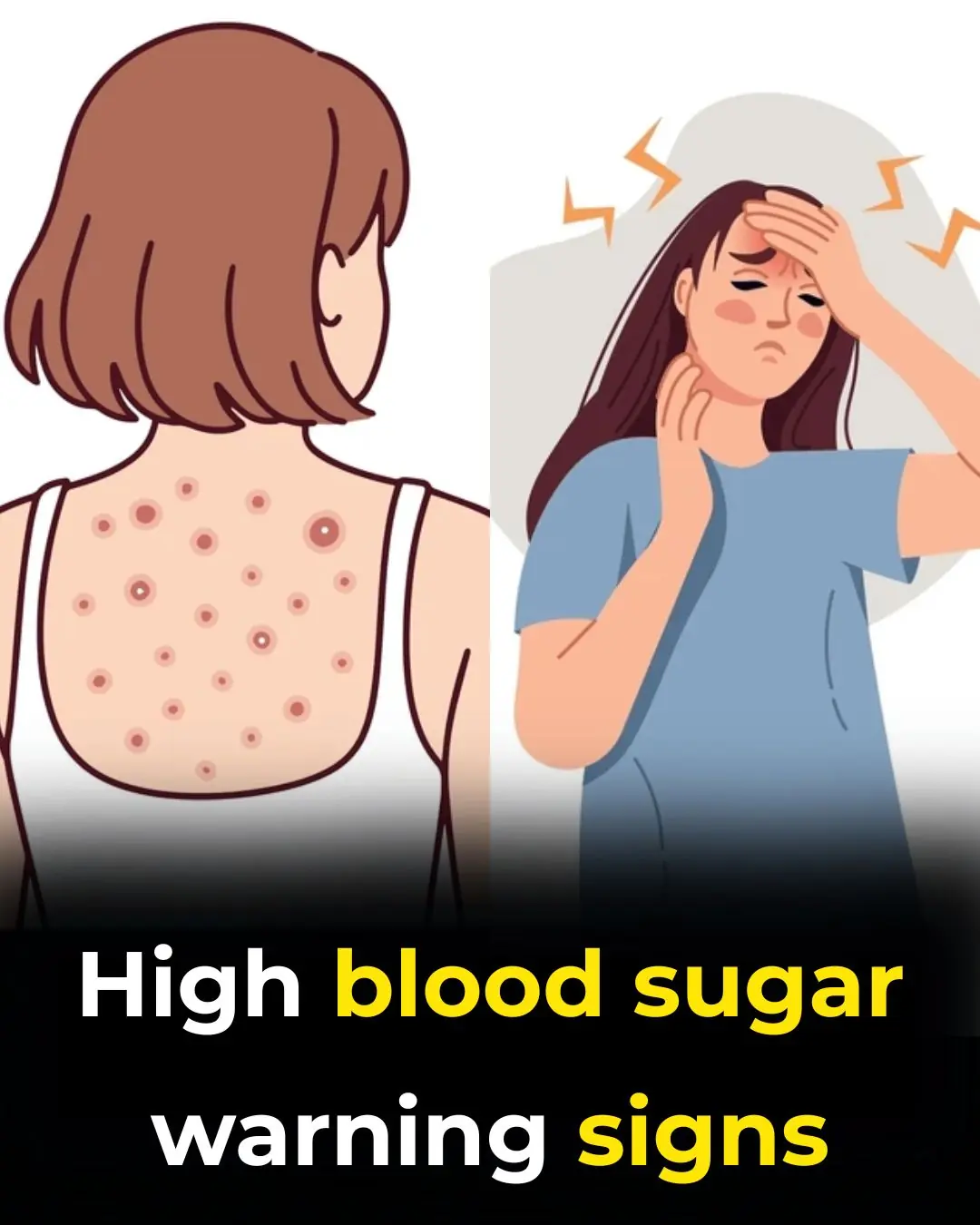
High Blood Sugar Warning Signs
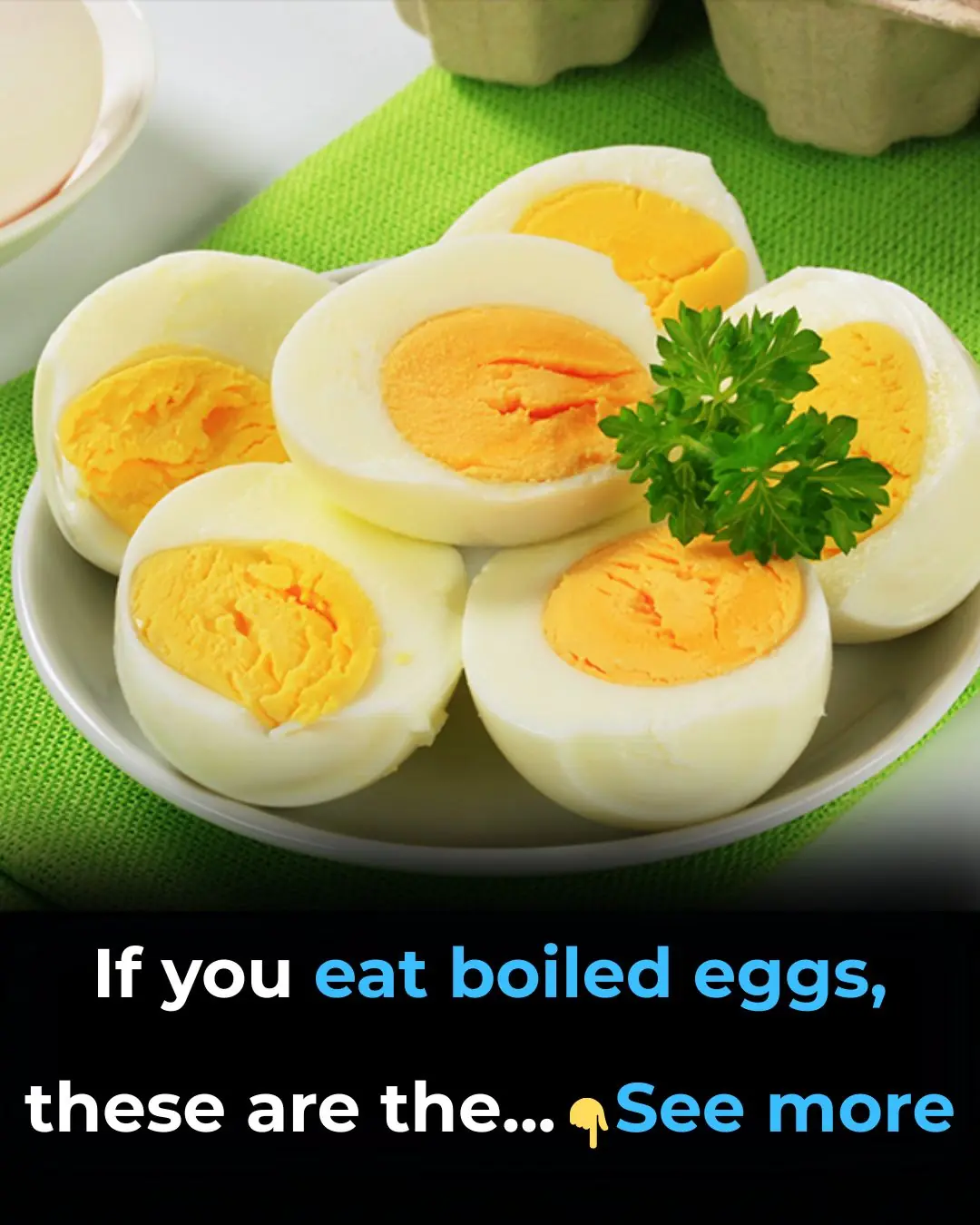
🥚 A Look at How Certain Boiled Egg Habits May Affect Your Heart Health

🌿 Clove Water Sitz Baths for Women: A Gentle Guide to Hygiene and Comfort
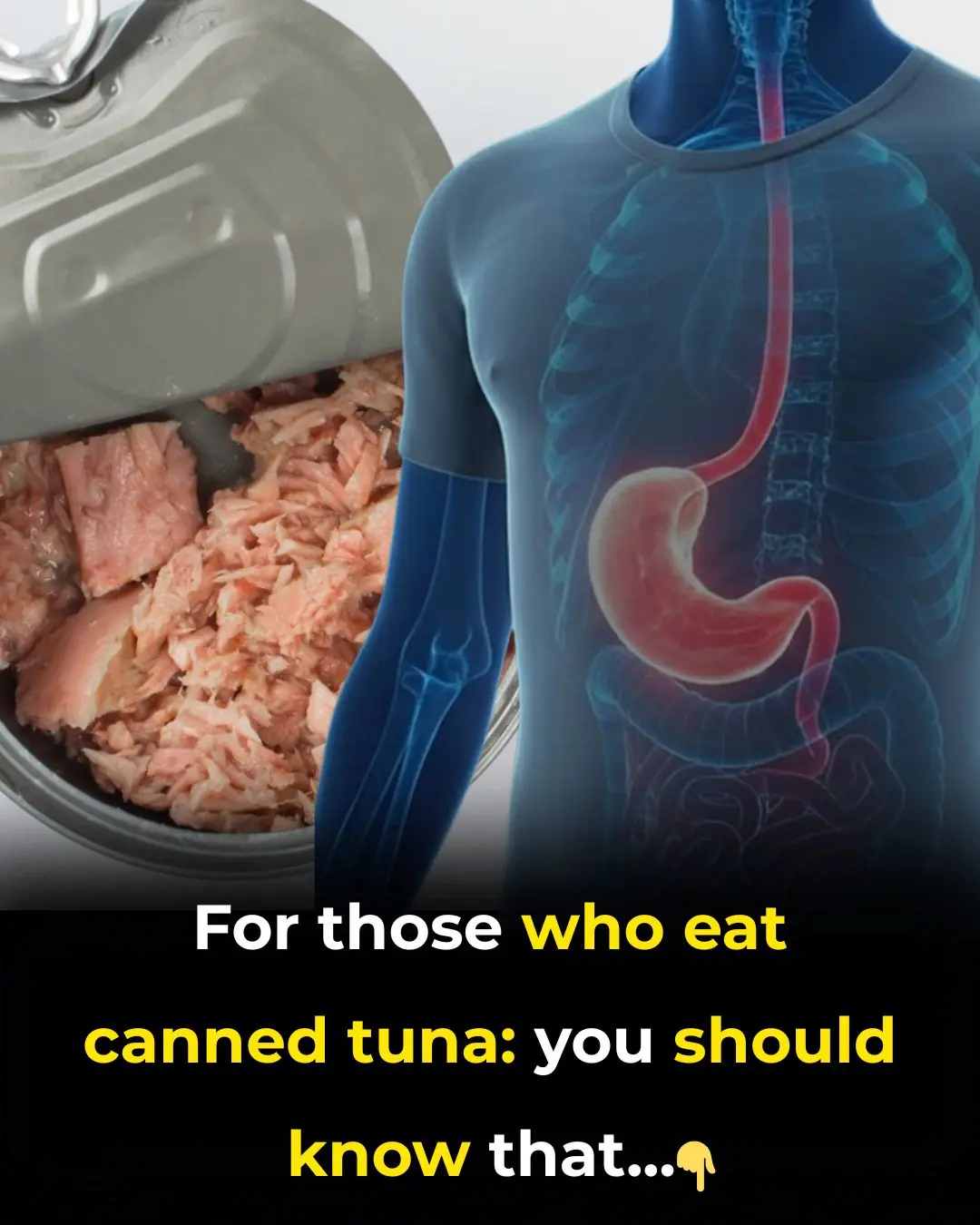
What Happens to Your Body When You Eat Canned Tuna Every Day
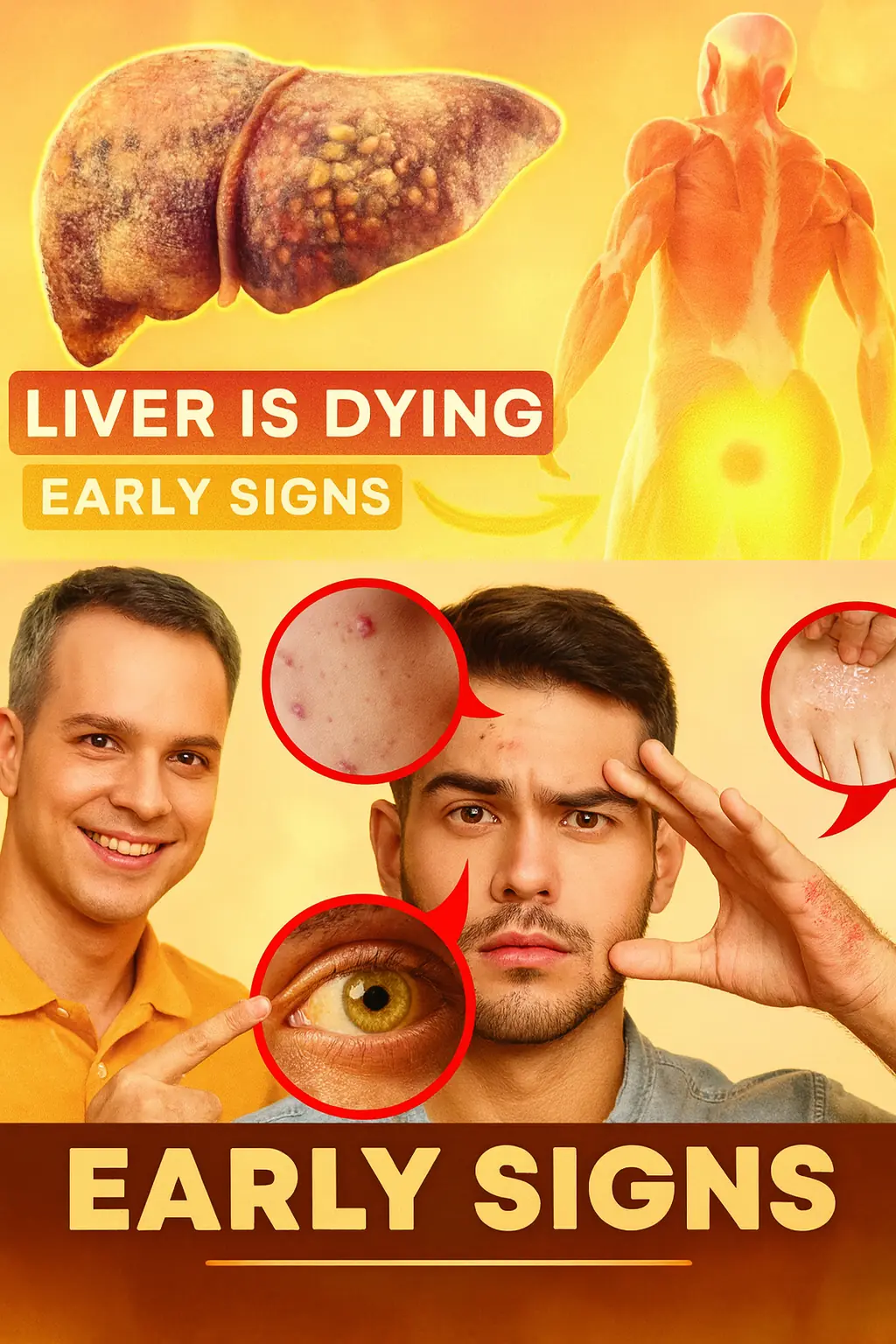
17 Warning Signs Your Liver Is Crying for Help
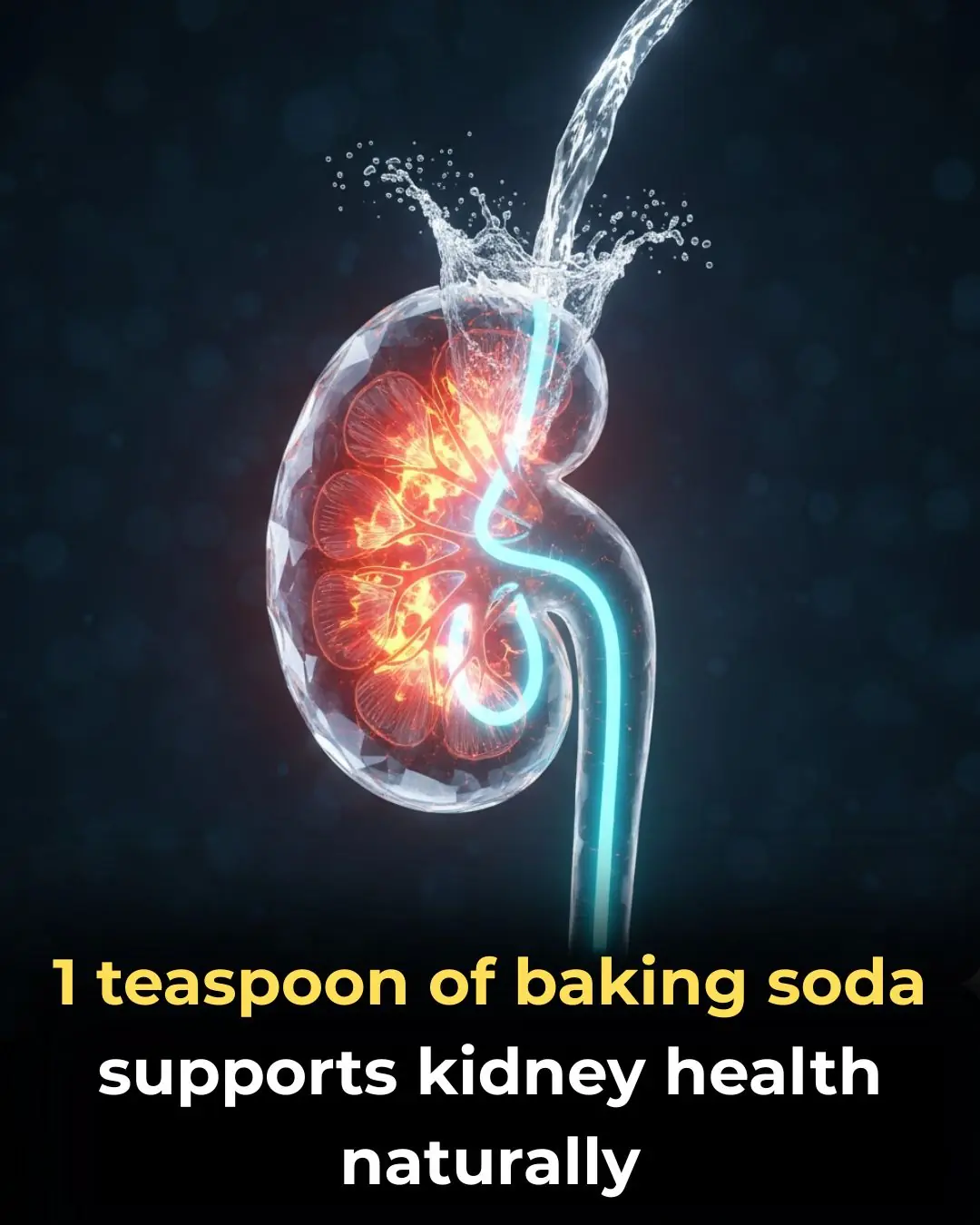
How to Support Your Kidneys Naturally Using 1 Teaspoon of Baking Soda
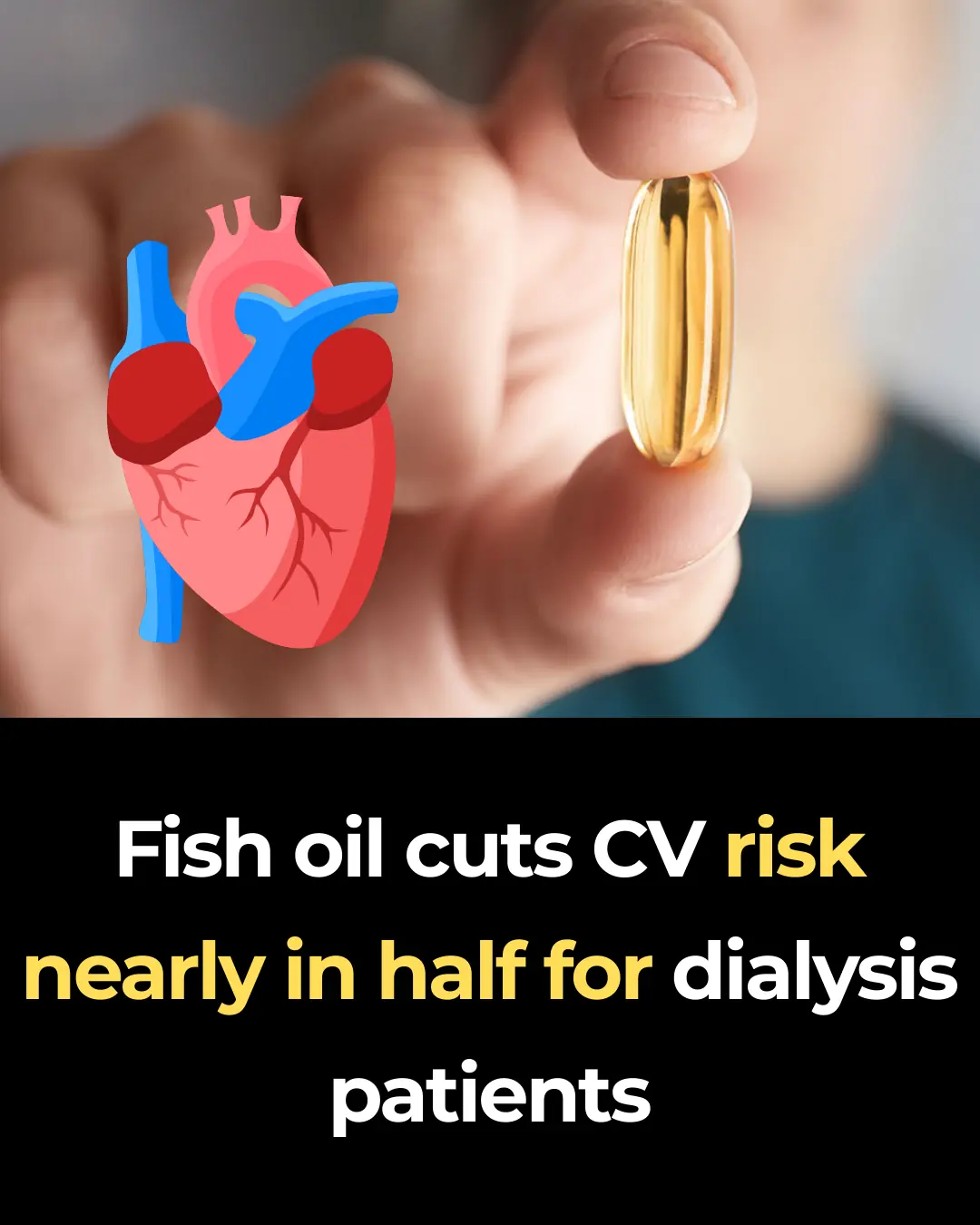
Fish oil cuts CV risk nearly in half for dialysis patients
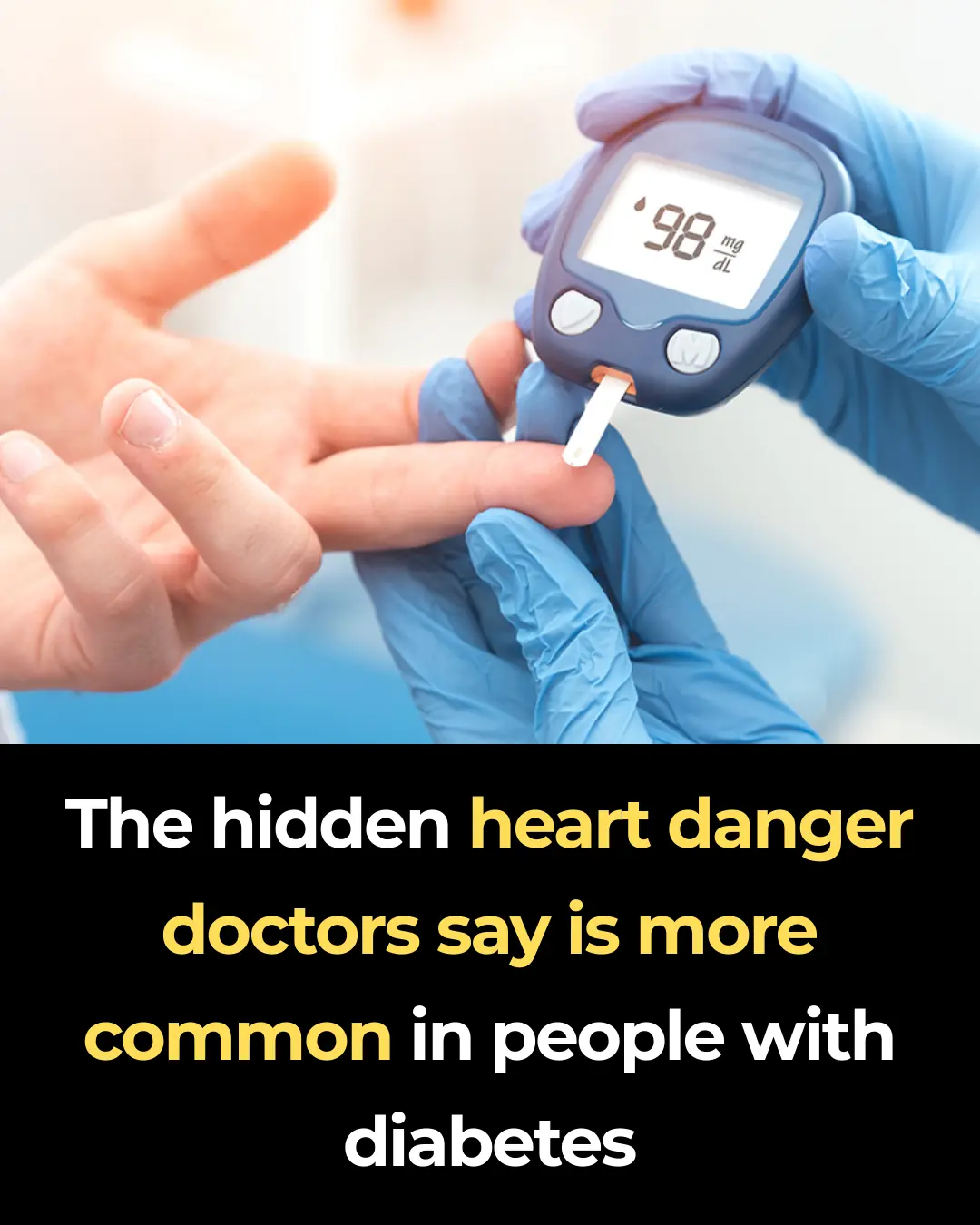
The hidden heart danger doctors say is more common in people with diabetes
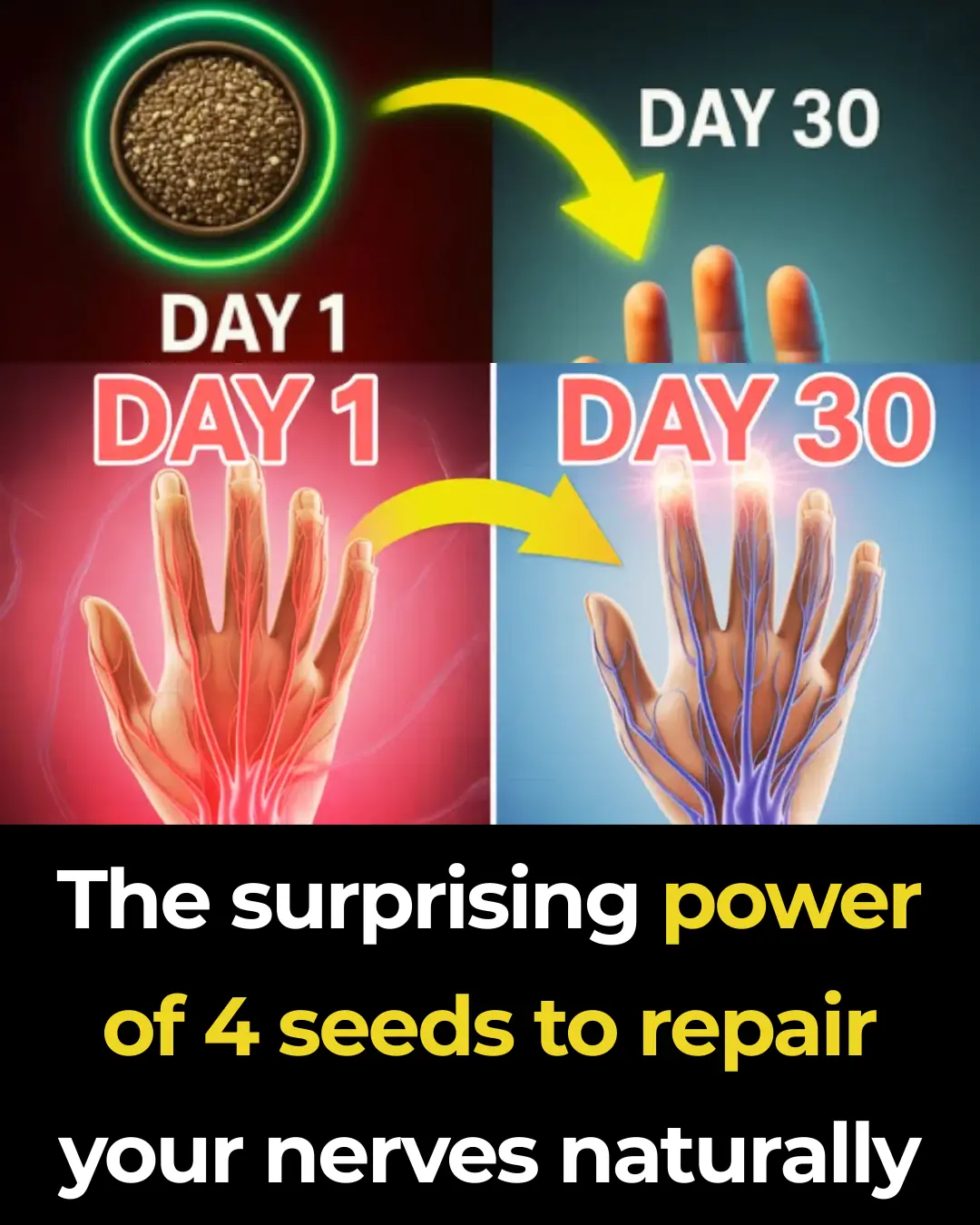
The surprising power of 4 seeds to repair your nerves naturally
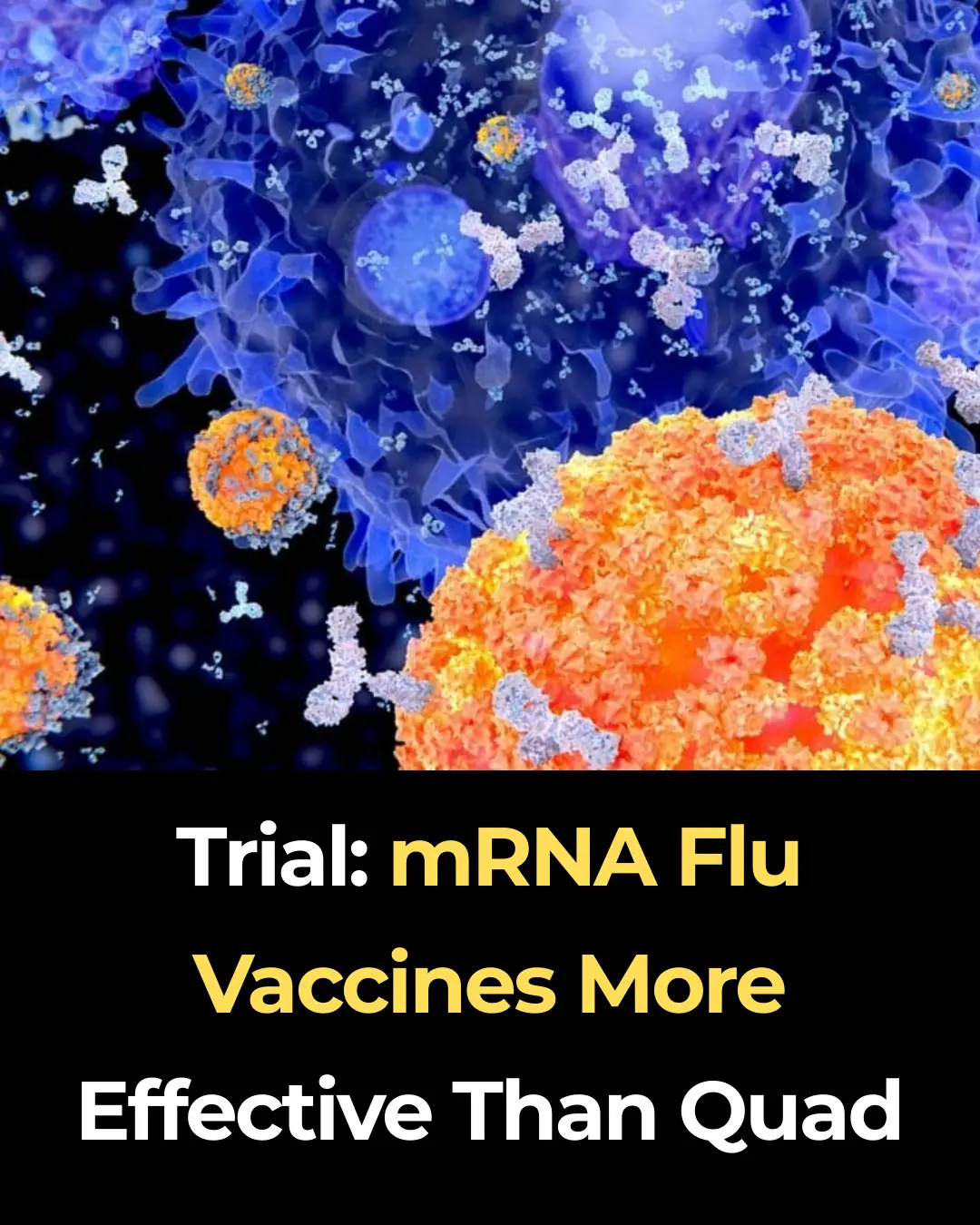
Trial: mRNA Flu Vaccines More Effective Than Quad
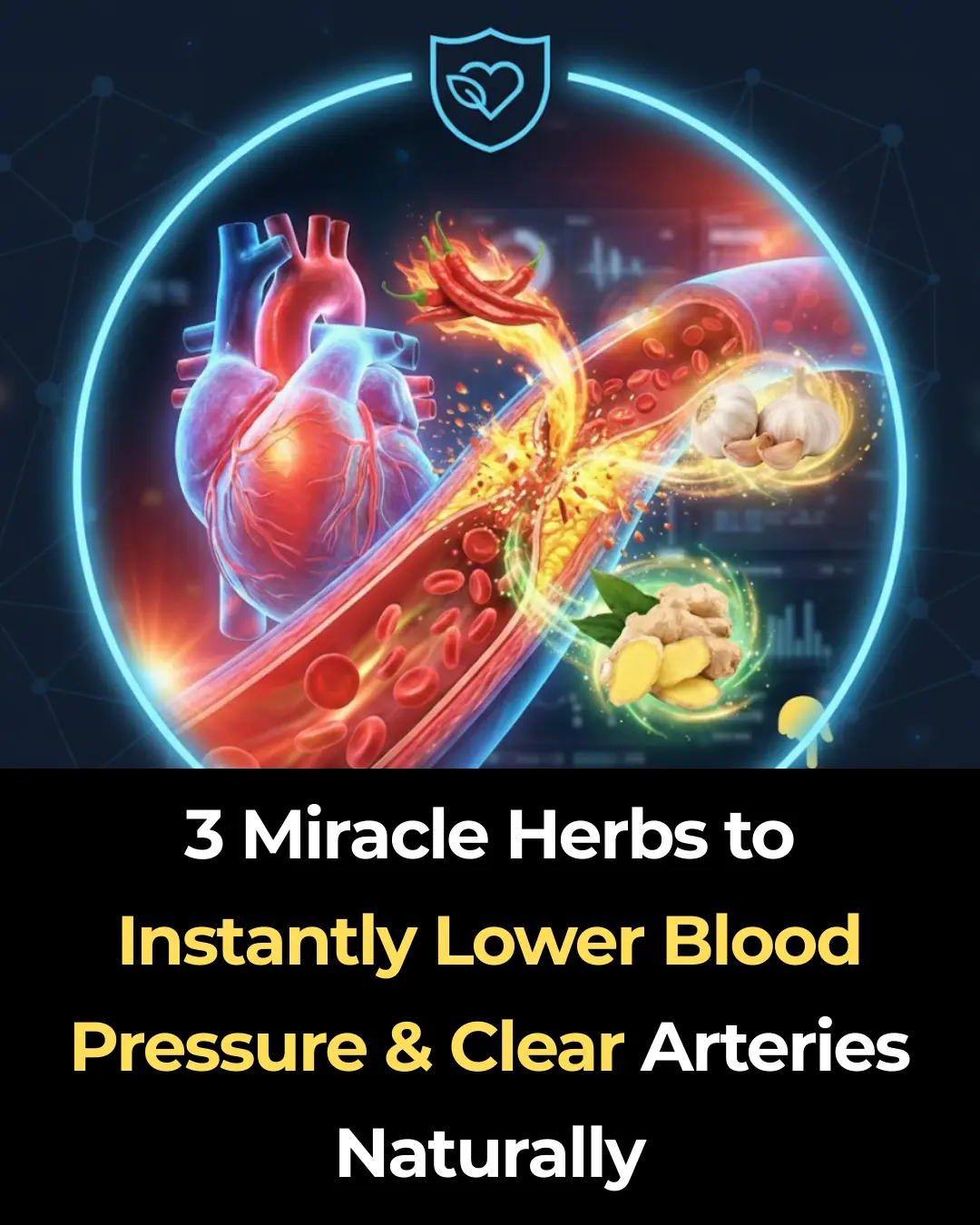
3 Miracle Herbs to Instantly Lower Blood Pressure & Clear Arteries Naturally
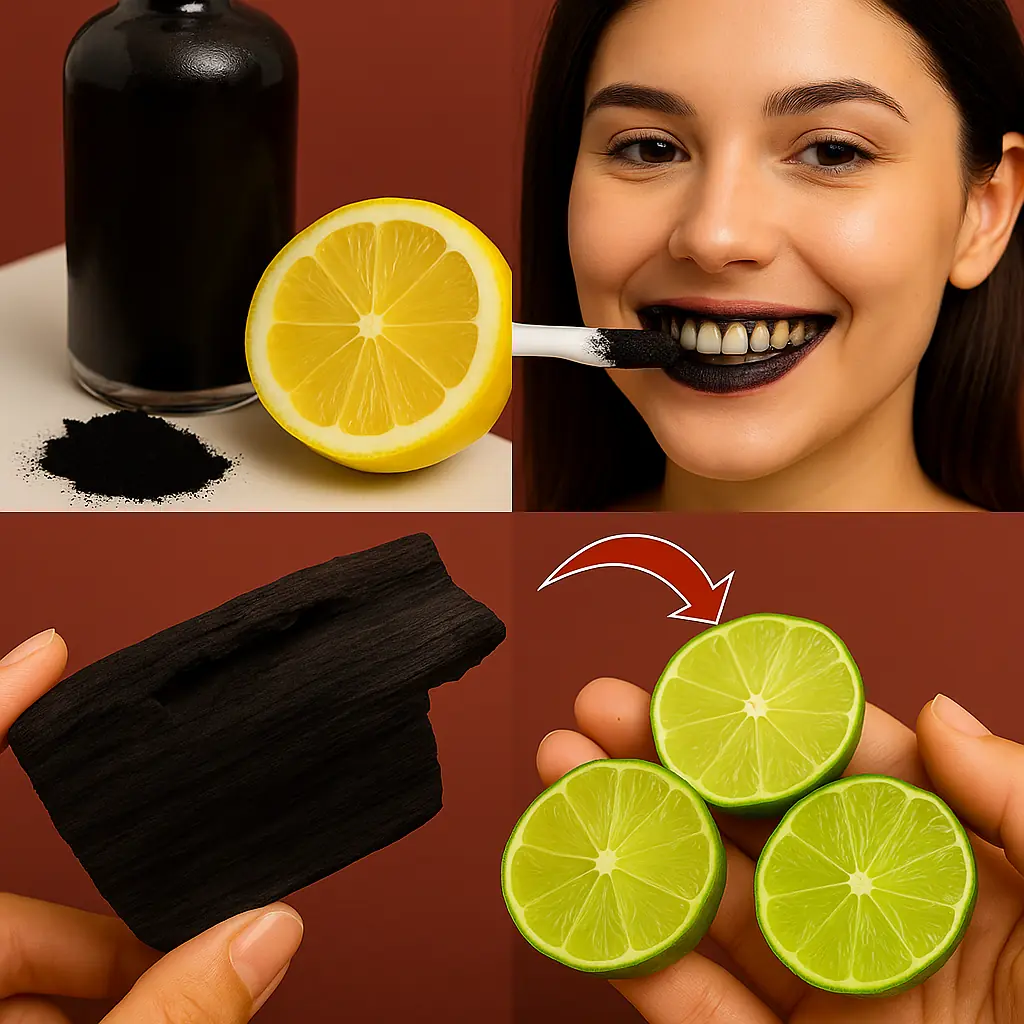
The Surprising Uses of Lemon and Charcoal: A Natural Mix That May Change Your Daily Routine
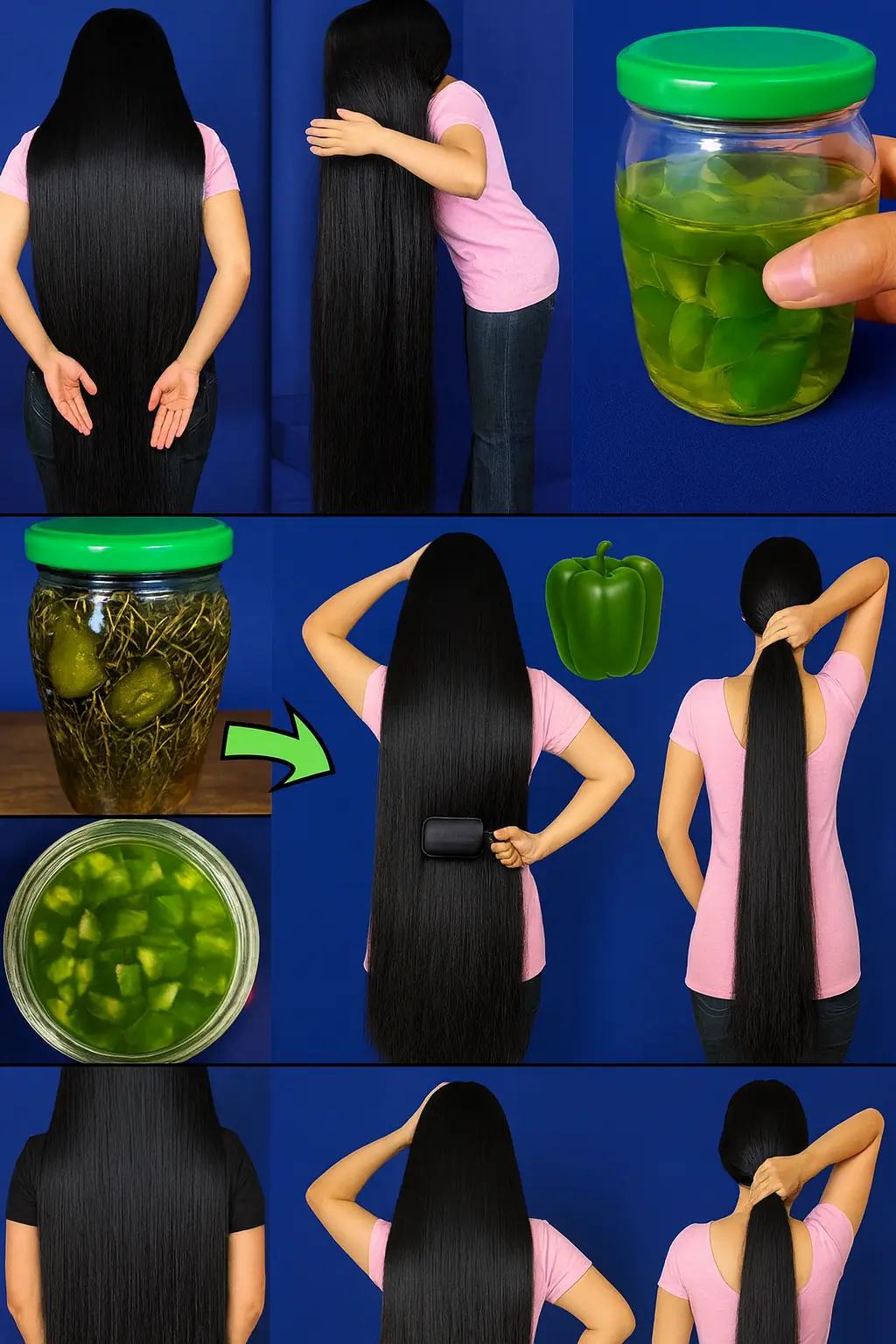
The Green Bell Pepper Hair Growth Secret You NEED to Know
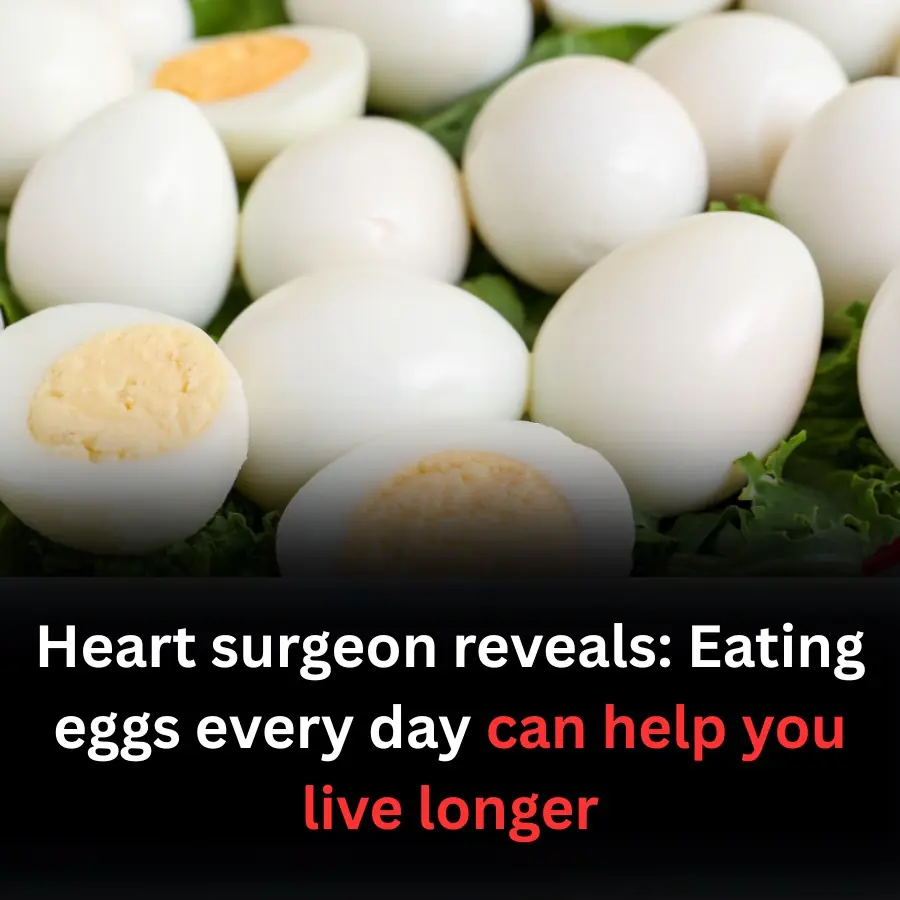
Eating eggs every day can help you live longer
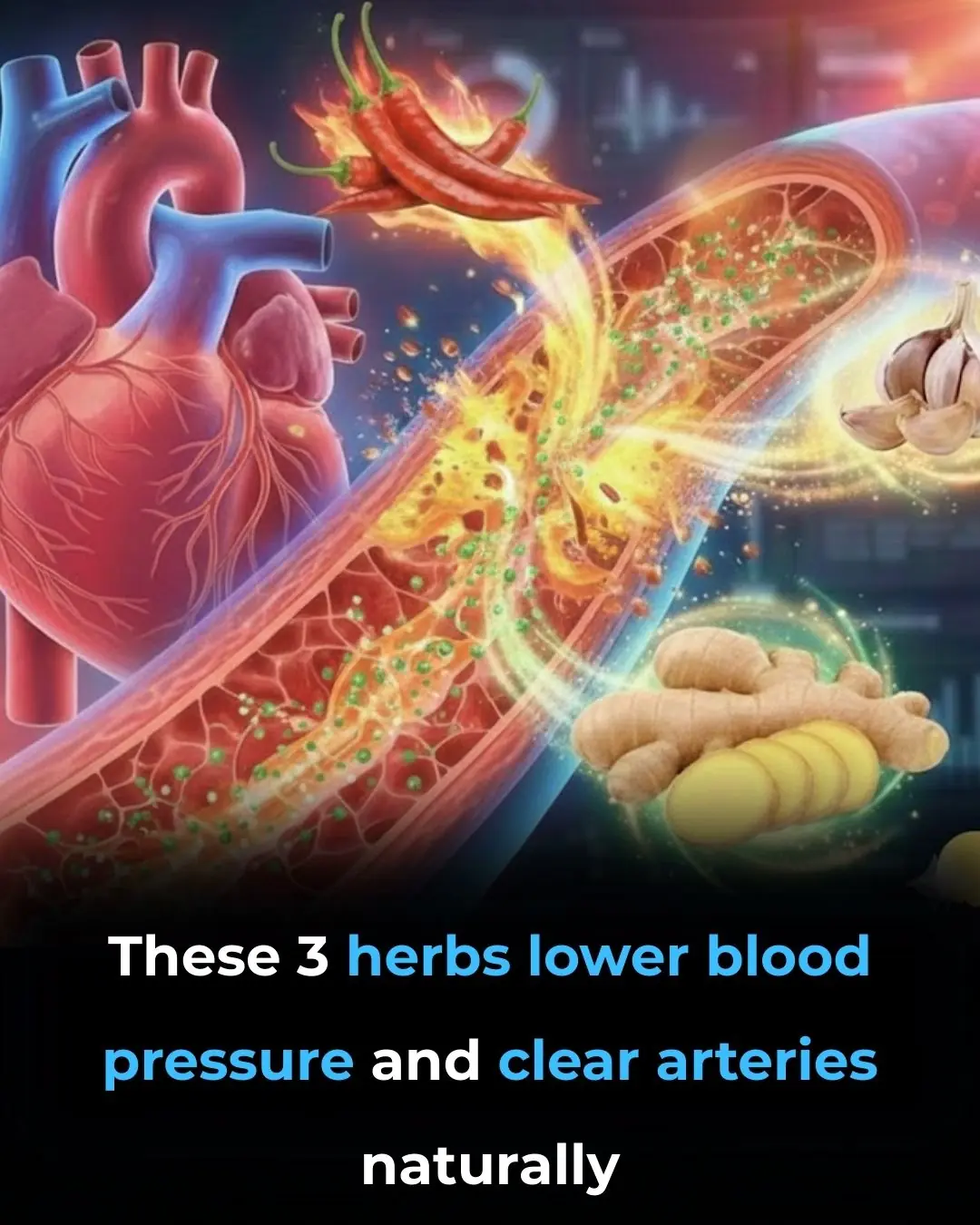
3 Miracle Herbs to Instantly Lower Blood Pressure & Clear Arteries Naturally

What is its effect. do you know?
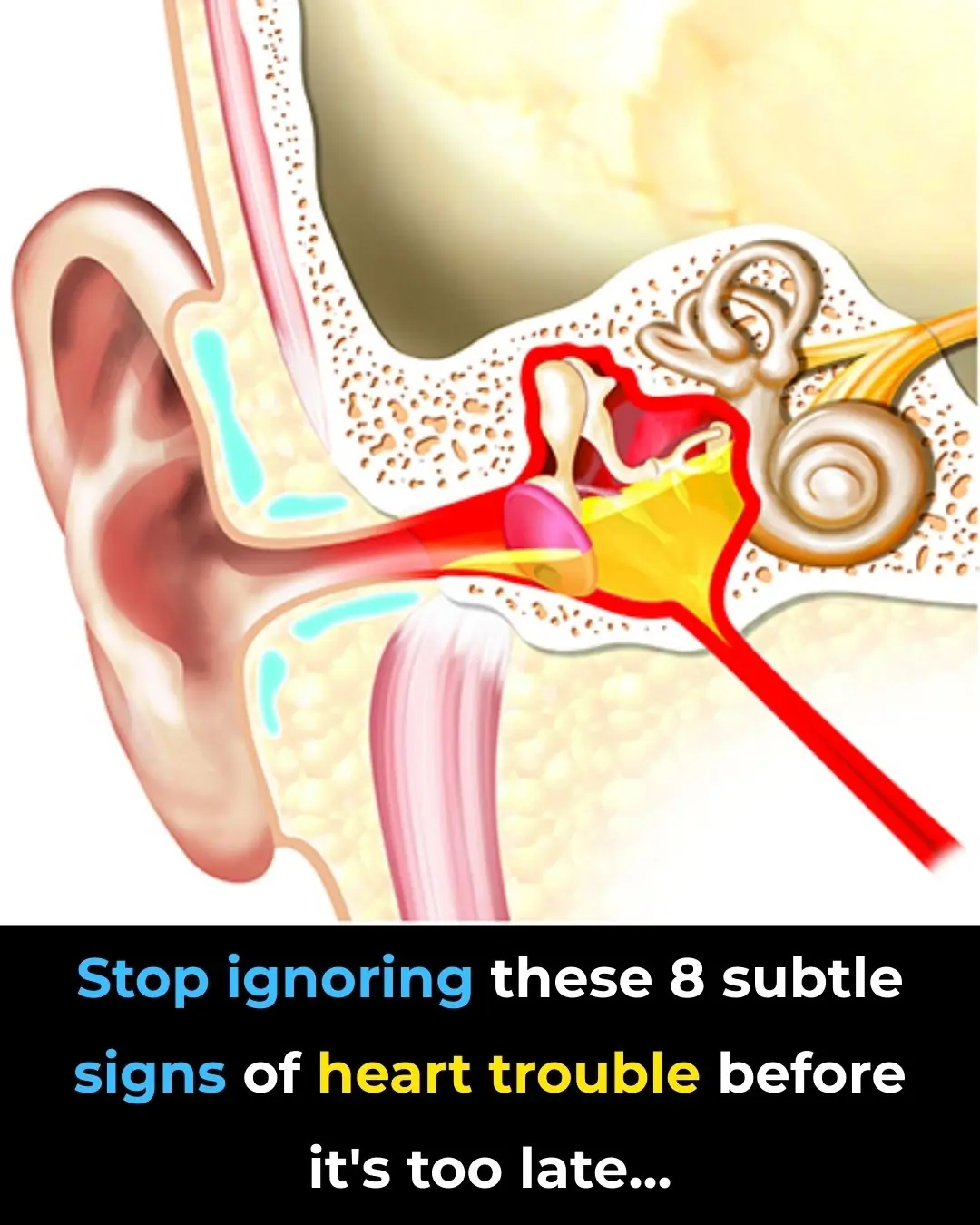
Stop Ignoring These 8 Subtle Signs of Heart Trouble Before It’s Too Late
News Post

Voyager Spacecraft: A 40-Year-Old Marvel of Engineering Exploring Interstellar Space

High-Dose Nifedipine Linked to Increased Risk of Sudden Cardiac Arrest, New Study Suggests

How the U.S. Escaped Hurricane Landfalls in 2025

Ancient Shark Fossils Unearthed in Mammoth Cave Rewrite 325 Million Years of Evolutionary History

Powerful Health Benefits of Pineapple You Should Know
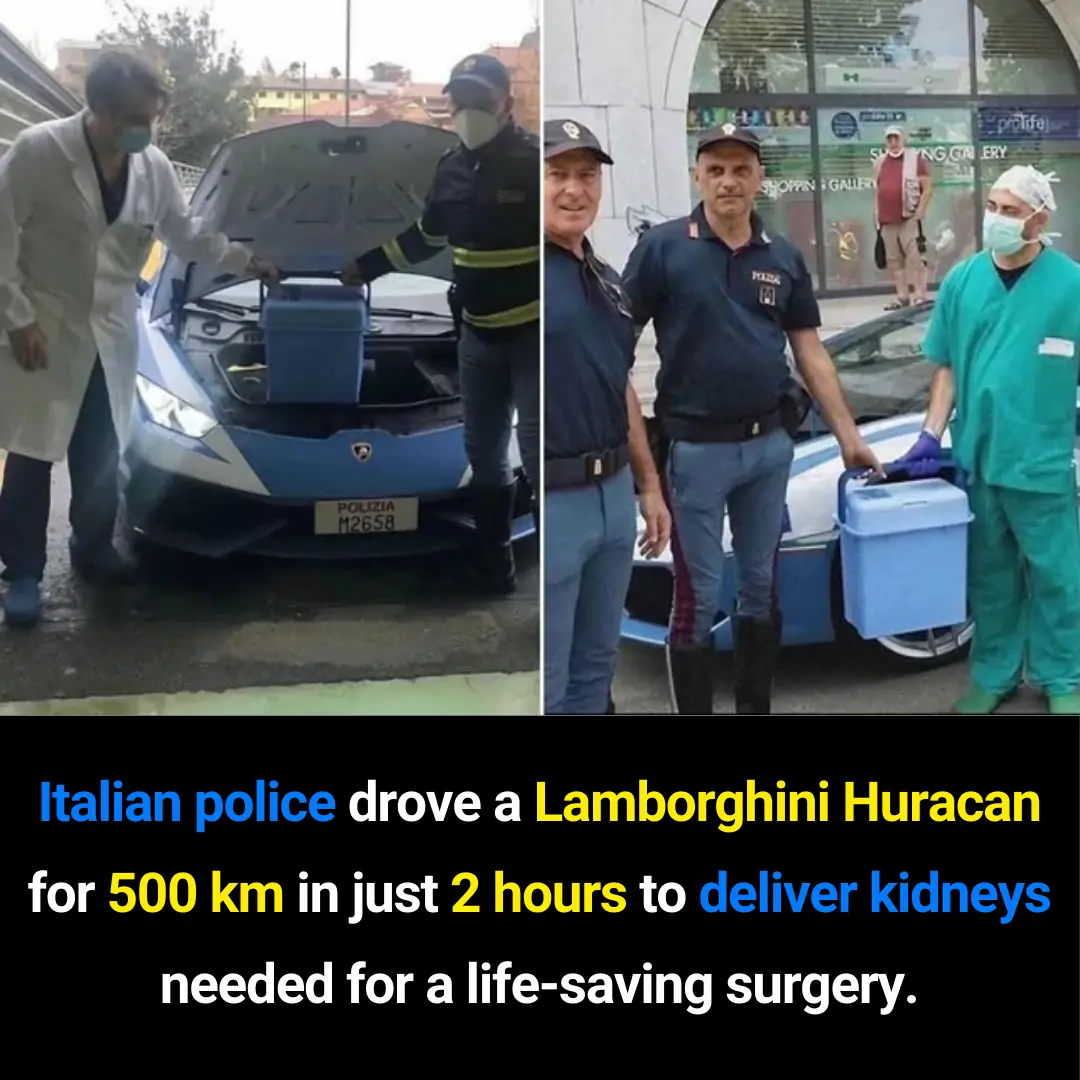
How an Italian Police Lamborghini Huracán Helped Save Lives by Delivering Kidneys Across Italy
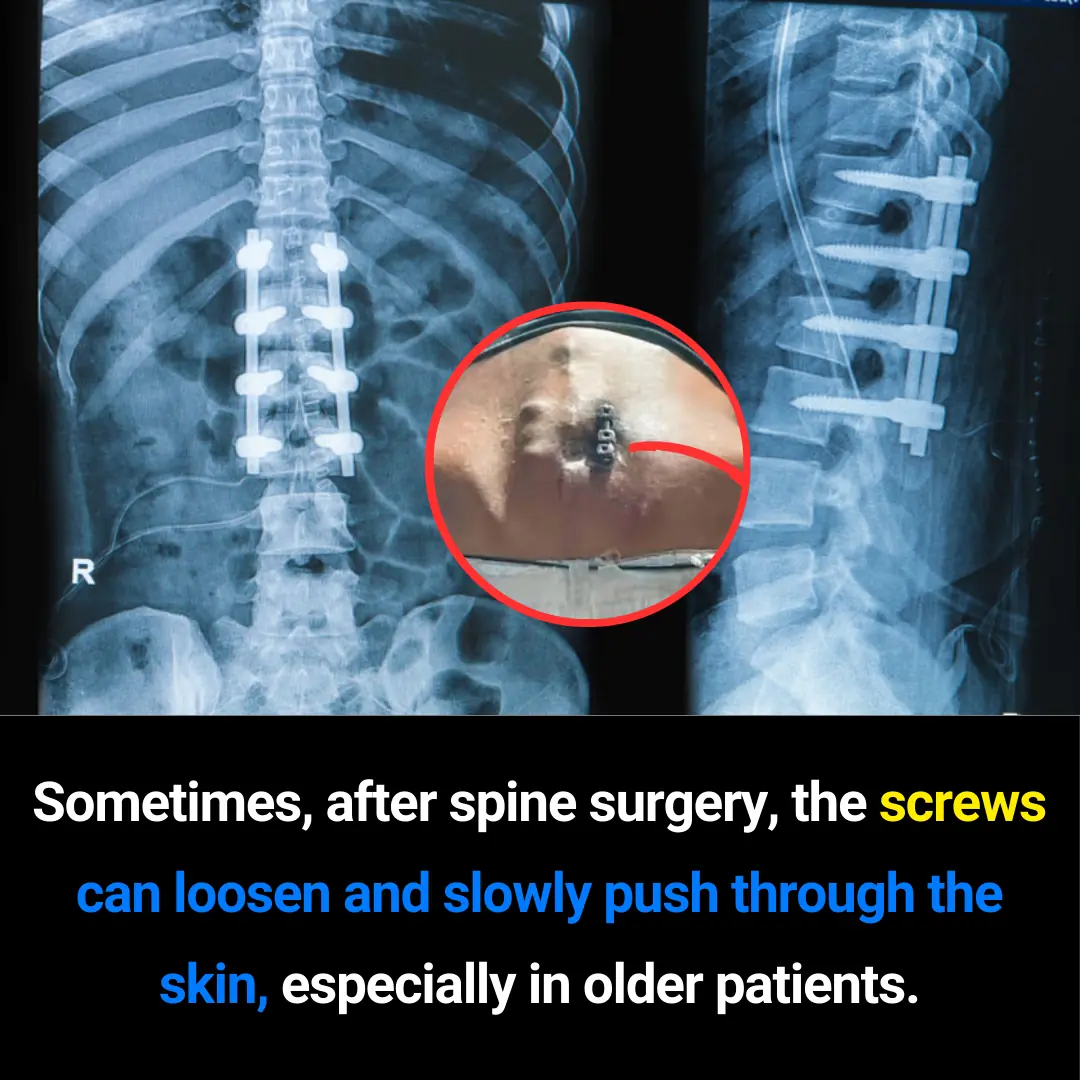
Can Spinal Screws Push Through the Skin? Understanding a Rare but Serious Post-Surgery Complication
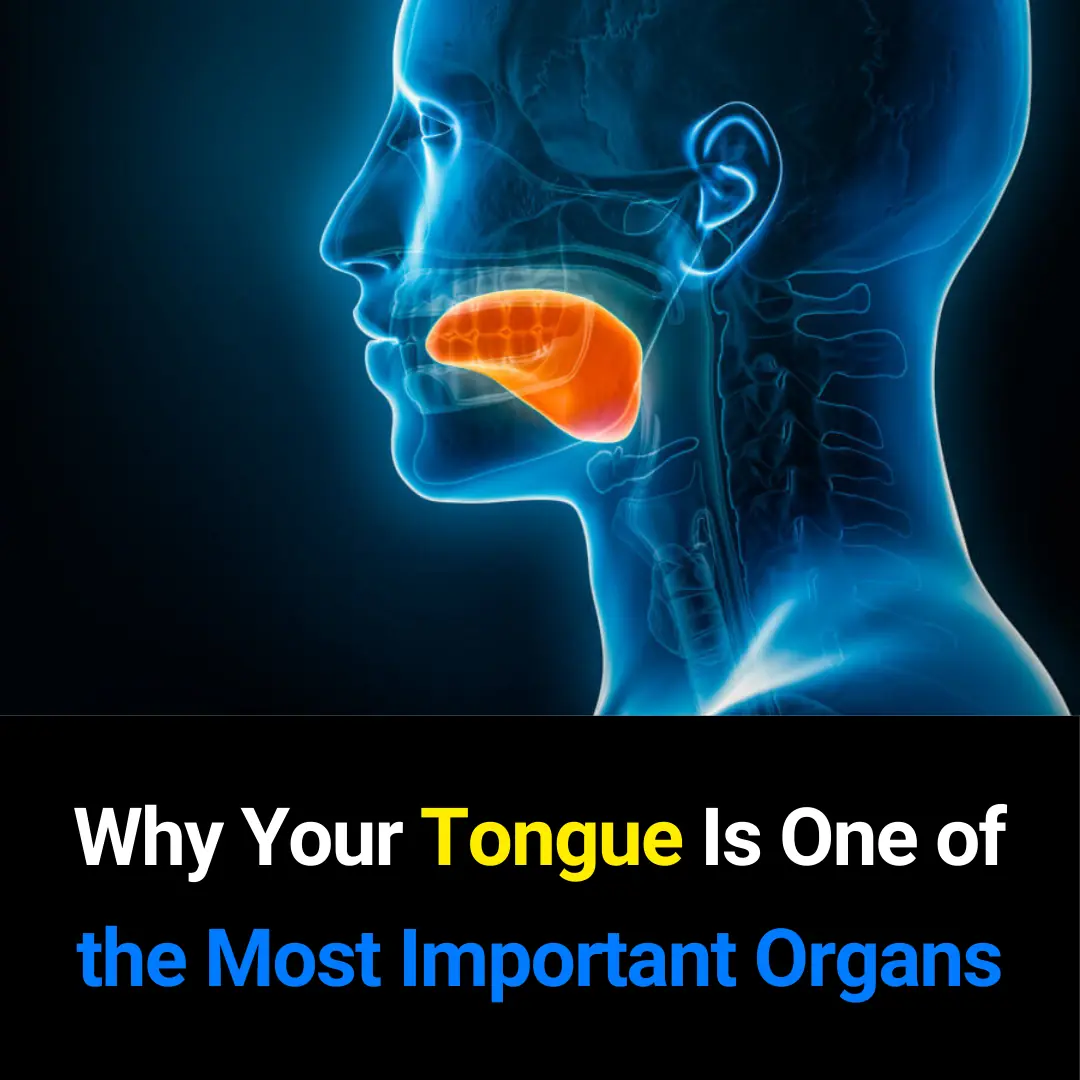
Why the Tongue Is One of the Most Important Organs in the Human Body
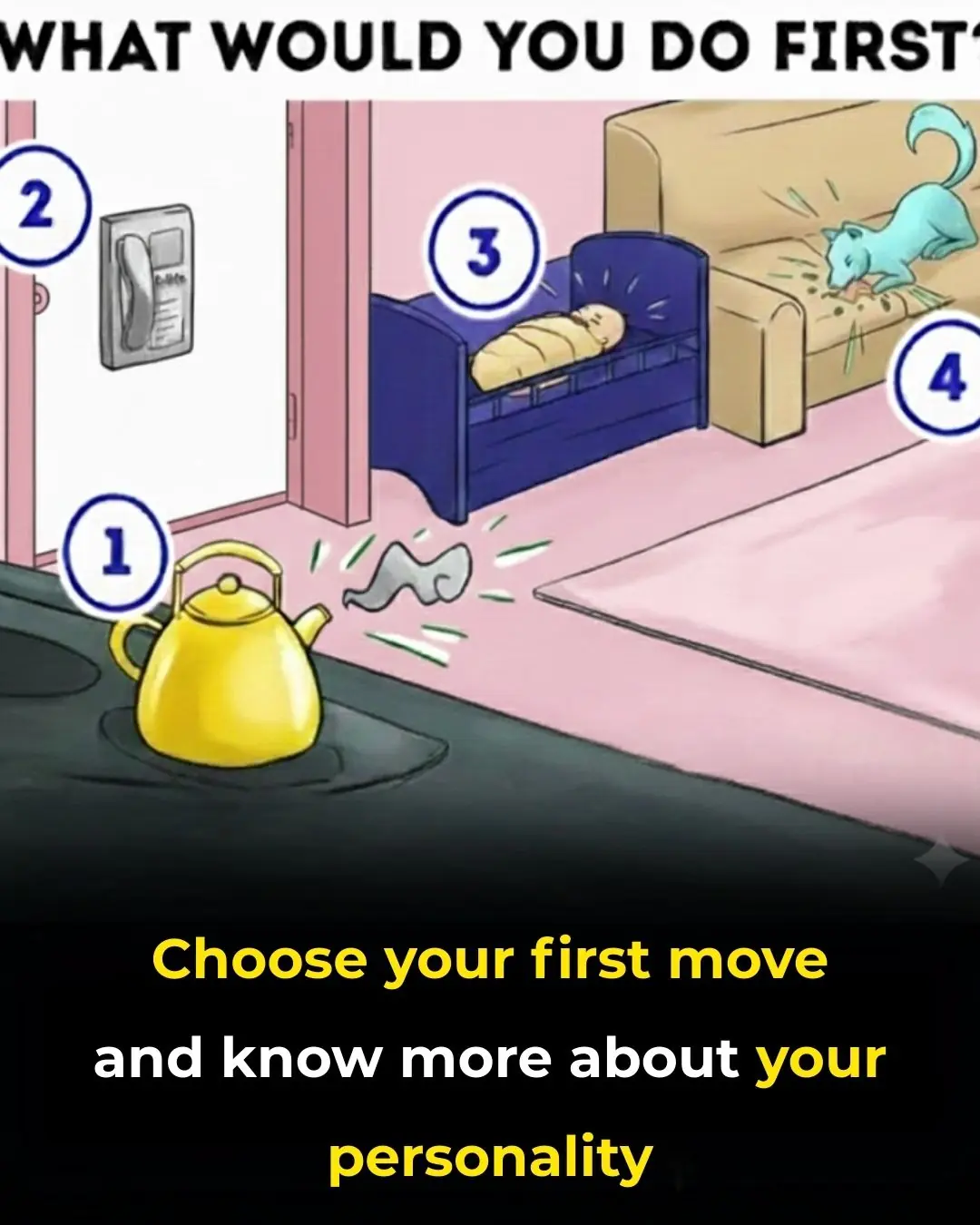
What You Do First in This Scenario

The Surprising Health Benefits of Sleeping in a Cold Room
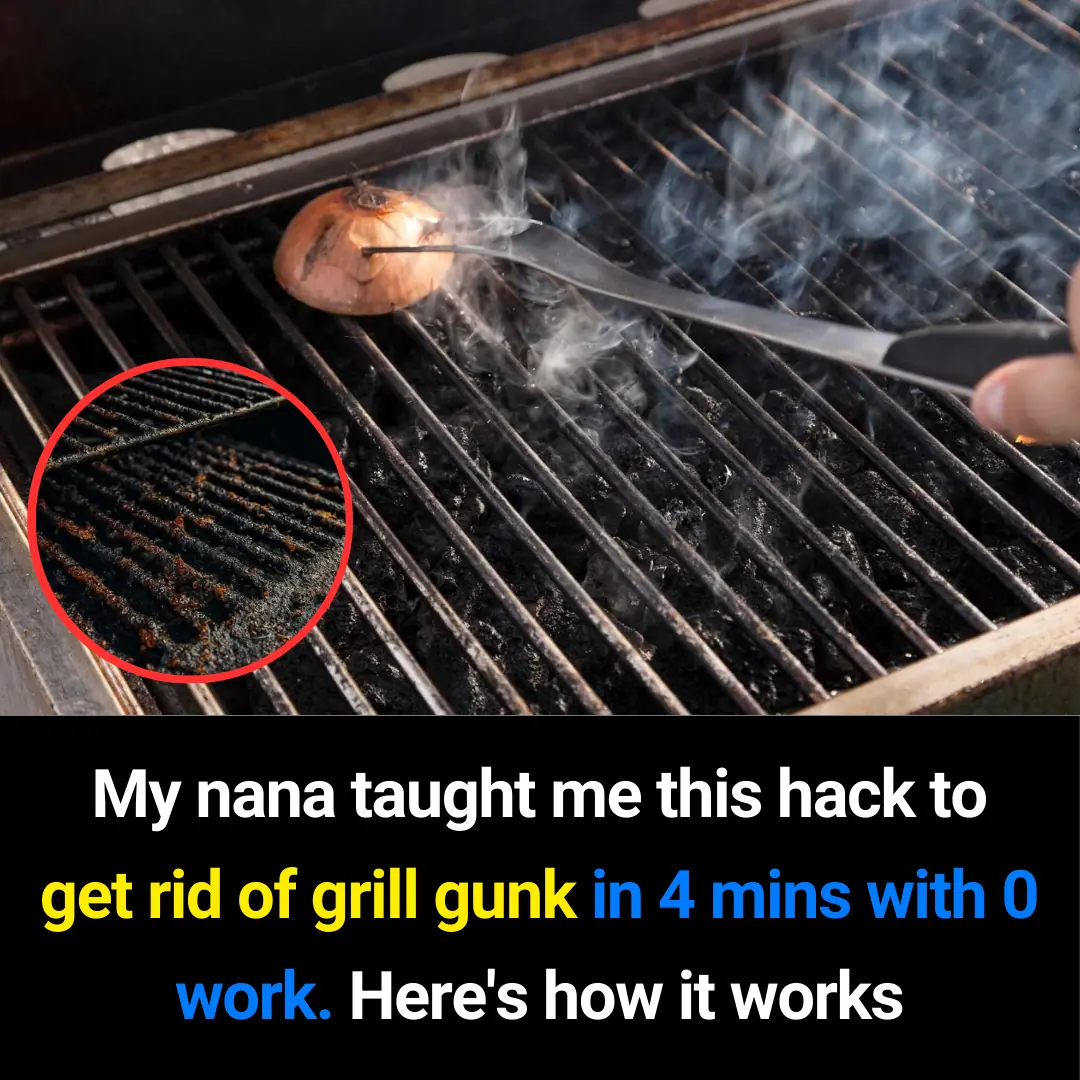
A 4-Minute, Zero-Effort Hack to Clean Grill Gunk – The Simple Trick My Nana Taught Me

High Blood Sugar Warning Signs

🥚 A Look at How Certain Boiled Egg Habits May Affect Your Heart Health
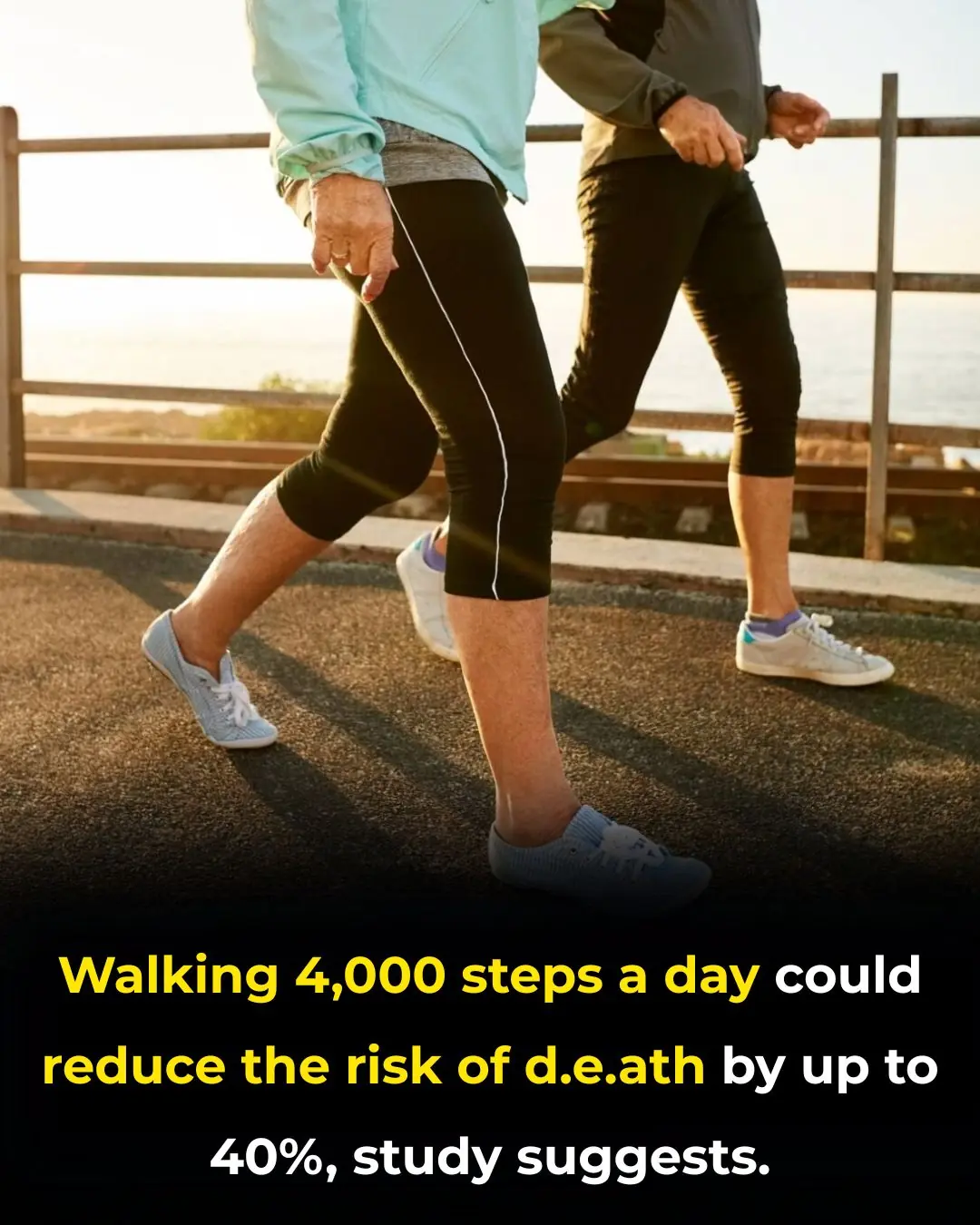
Small Steps, Big Impact: How 4,000 Steps a Day Can Transform Your Health

🌿 Clove Water Sitz Baths for Women: A Gentle Guide to Hygiene and Comfort

What Happens to Your Body When You Eat Canned Tuna Every Day

17 Warning Signs Your Liver Is Crying for Help

How to Support Your Kidneys Naturally Using 1 Teaspoon of Baking Soda

Fish oil cuts CV risk nearly in half for dialysis patients
